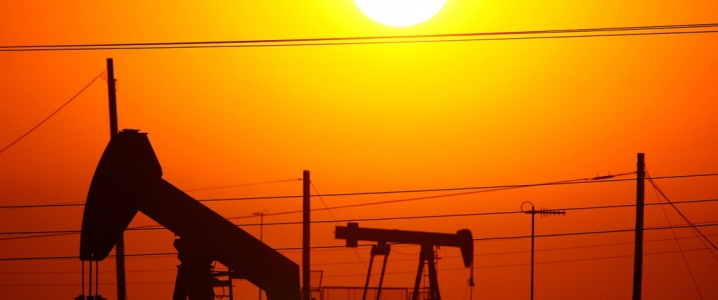There’s a good chance that a ballot initiative to significantly expand the buffer zones between oil and gas wells and homes and other buildings could be up for voting by Colorado residents in the November election.
In the politically mixed state of Colorado, residents still remember last year’s deadly explosion at a home in Firestone, and people in some towns have tried to ban fracking operations—and almost succeeded. Two years ago, Colorado’s Supreme Court overturned voter-approved bans on fracking in Fort Collins and Longmont because it found that they conflicted with the application of the state’s Oil and Gas Conservation Act.
If the ballot initiative’s organizers to push the distance of oil and gas wells further away from homes manage to get the required 98,000 signatures by August 6, the November election could be the ‘inflection point’ for Colorado’s oil and gas industry and have significant market-moving implications for Colorado-focused oil and gas companies, including Anadarko, Extraction Oil & Gas Inc, and Noble Energy, analysts say.
Colorado’s field production of crude oil reached a record high last year—at 352,000 bpd, according to figures by the EIA. In 2016, as a result of the slump in oil prices, production had dropped to 317,000 bpd from 336,000 bpd in 2015.
With the oil price rise in 2017 and so far this year, Colorado’s oil production in April 2018 increased by 4.3 percent over March to stand at 451,000 bpd. That’s a 43.2-percent jump from April last year, the EIA data shows.
Now Colorado Rising—a leading campaign of the ballot initiative—proposes the so-called Initiative 97 that calls for establishing the buffer zone required between oil and gas wells and homes, schools, and other occupied structures to 2,500 feet, or nearly half a mile, up from 500 feet required today.
According to an analysis by the Colorado Oil and Gas Conservation Commission from earlier this month, Initiative 97 would place 54 percent of Colorado’s land unavailable for new oil and gas development. Of the non-federal land in Colorado, 85 percent would be inaccessible using these same criteria, according to the commission. In Colorado’s top five oil and gas producing counties combined, 61 percent of the surface acreage would be unavailable. Related: Is The Oil World In Panic Mode?
The Colorado Alliance of Mineral and Royalty Owners (CAMRO) says that since 1980, the Colorado Land Board’s education funds have received more than US$560 million in revenue from oil and gas leases in Colorado’s Wattenberg Field, and schools would face financial hardships if the ballot initiative passes.
“It’s not just mineral owners who have a lot at stake if something like Initiative 97, which would enact 2,500-foot setbacks and eliminate oil and gas development on 85 percent of non-federal land, passes. All of Colorado should be deeply concerned about the impact the initiative would have on our communities and future workforce,” said Neil Ray, president of CAMRO. “Colorado’s schools would face extreme financial hardship. Our schools already have experienced budget cuts. Can they withstand additional hits financially? Our students deserve better.”
Even if the initiative makes it to the ballot and even if it wins approval, the slim Republican majority in the state senate could move to soften the blow to the oil and gas industry, according to Bloomberg. But the Republican majority could also change in the November election.
Then, the Democrat contender for governor, U.S. Representative Jared Polis, hasn’t clearly stated his stance on fracking, but analysts say that he can’t afford to undermine the oil and gas industry in Colorado. Related: Rosneft Sees Oil At $80 By Christmas
“Is he going to shoot himself in the foot because he doesn’t like oil and gas? I find that hard to believe,” Welles Fitzpatrick, an analyst for SunTrust Robinson Humphrey, told Bloomberg.
The Colorado Democratic Party officially supports the Initiative 97. While candidates may take guidance, they are not bound by the party’s positions on issues.
In the gubernatorial race in November, the Democrat Polis will face Republican Walker Stapleton who said on Twitter earlier this week that “Colorado Democrats and Congressman Jared Polis want to destroy Colorado’s energy industry and its 230,000 jobs. We cannot let Congressman Polis and his fellow far-left extremists impose their radical agenda on hardworking Coloradans.”
ADVERTISEMENT
If the ballot initiative raises enough signatures to go to the polls, Colorado’s future oil and gas industry could be shaped by a crucial vote in the November election.
By Tsvetana Paraskova for Oilprice.com
More Top Reads From Oilprice.com:
- Goldman: Brent To Retest $80 This Year
- OPEC To Rule Oil Markets Till Peak Demand
- Is The U.S. Overly Dependent On Russian Oil?


















I think I need to find a petition and sign it before the deadline.
I am for Colorado's future energy industry - renewable energy.